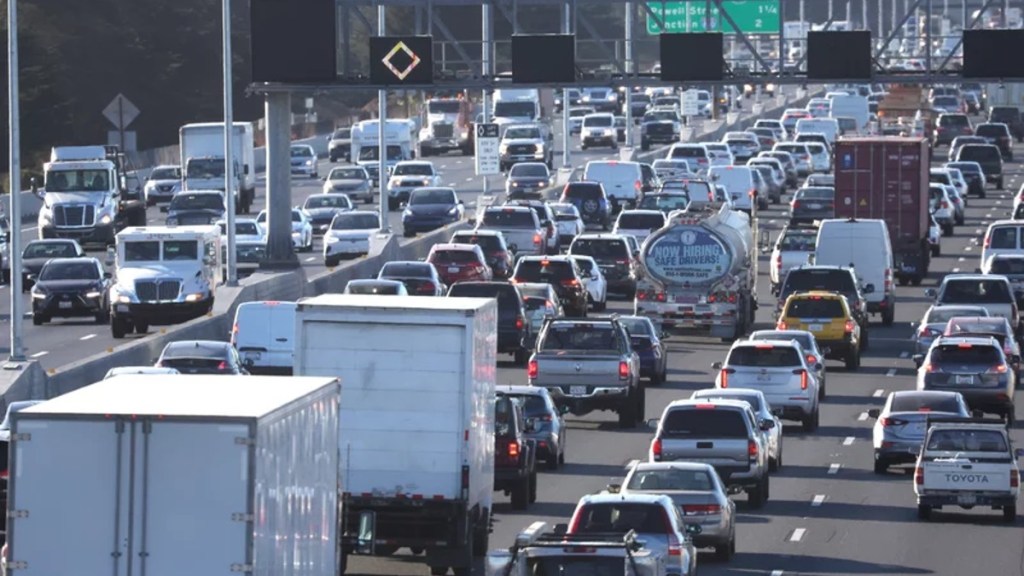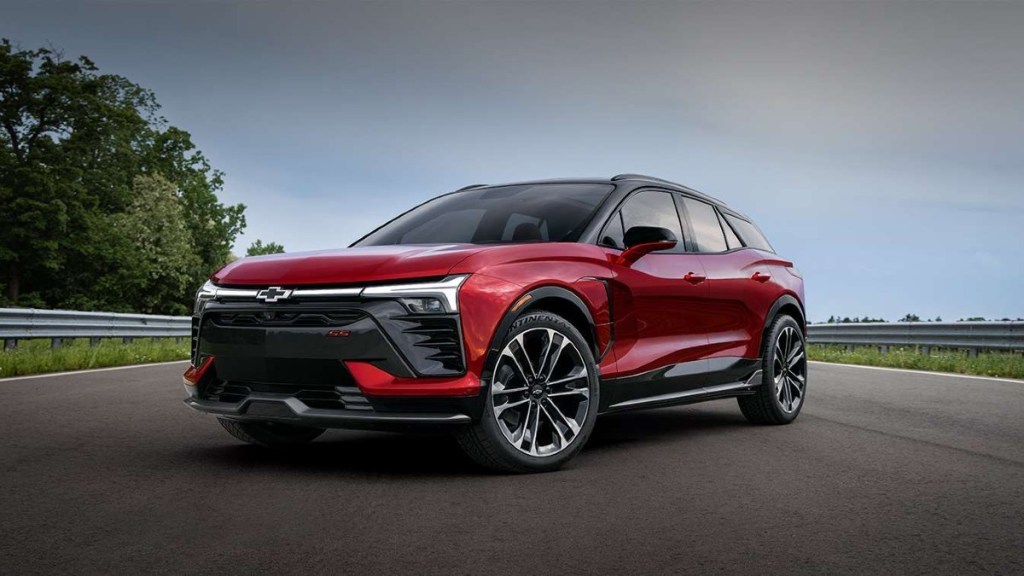
New EPA Proposal Strangles Heavy-Duty Vehicles
From the start of the current presidential administration, it’s been obvious that protecting the environment was extremely important. A new EPA proposal will greatly impact heavy-duty trucks leading to increased electric vehicle sales.
What new EPA proposal will impact heavy-duty vehicles?

A summary of the proposal from the EPA tells us the next target of reduced emissions and increased electric vehicle adoption is in the heavy-duty vehicle market. This means delivery trucks, refuse haulers, public utility trucks, transit vehicles, shuttles, school buses, and other vehicles in this class.
This new proposal restricts the CO2 standards beginning with the model year 2027 HD vehicles. The standard becomes progressively stricter through 2032. This could mean the end of diesel-powered trucks and would require many automakers to create more efficient large vehicles.
Does this new rule require more EV sales?
The indirect result of these stricter tailpipe emissions regulations proposed by the EPA could mean more EV sales. Some predict that up to 67% of all new vehicles could be zero-emissions models by 2032. These new regulations don’t eliminate the potential for improved engine technology. Some automakers could discover other ways to meet these new regulations by reducing tailpipe emissions to an acceptable level.
What is the new proposed emissions standard?
This new EPA proposal that impacts heavy-duty vehicles would require only 82 grams/mile of CO2 per vehicle by the model year 2032. That is a 56% reduction from the 2026 proposed target, and only one automaker currently meets that standard: Tesla.
The electric vehicle market is already growing; why such an aggressive move?

Although some might recite the old adage that “there’s no time like the present,” most automakers still face supply chain issues. Some are only on the verge of offering more EV options in their passenger vehicle lineups. This new EPA proposal could seriously hamper heavy-duty vehicles going forward. Thankfully, it places much of the focus on a different set of automakers. Most commercial delivery vehicles on the road don’t come directly from the branded automakers that most consumers are familiar with.
Still, the EV market only accounted for 5.8 percent of all vehicles sold last year. That number is quickly growing toward the 50% proposed by 2030.
Can the electric grid keep up with this change toward stricter emissions standards?
This new EPA proposal to move away from gas-powered heavy-duty vehicles could have a widespread impact on our electric grid. Certainly, heavy-duty electric vehicles will require much more power to charge and operate them than their smaller counterparts. Currently, Tesla is producing Megapack batteries as fast as possible to support the electric grid. Will other automakers need to do the same to support the necessary additional electric load?
This new proposal takes us away from heavy-duty gas and diesel-powered vehicles and closer to an all-EV world. This is the federal government’s most aggressive climate regulation to date. It puts the United States in the front of the war on greenhouse gases generated by vehicles on the road.
Is this new EPA proposal too strict for heavy-duty vehicles, or will it be a successful change?



